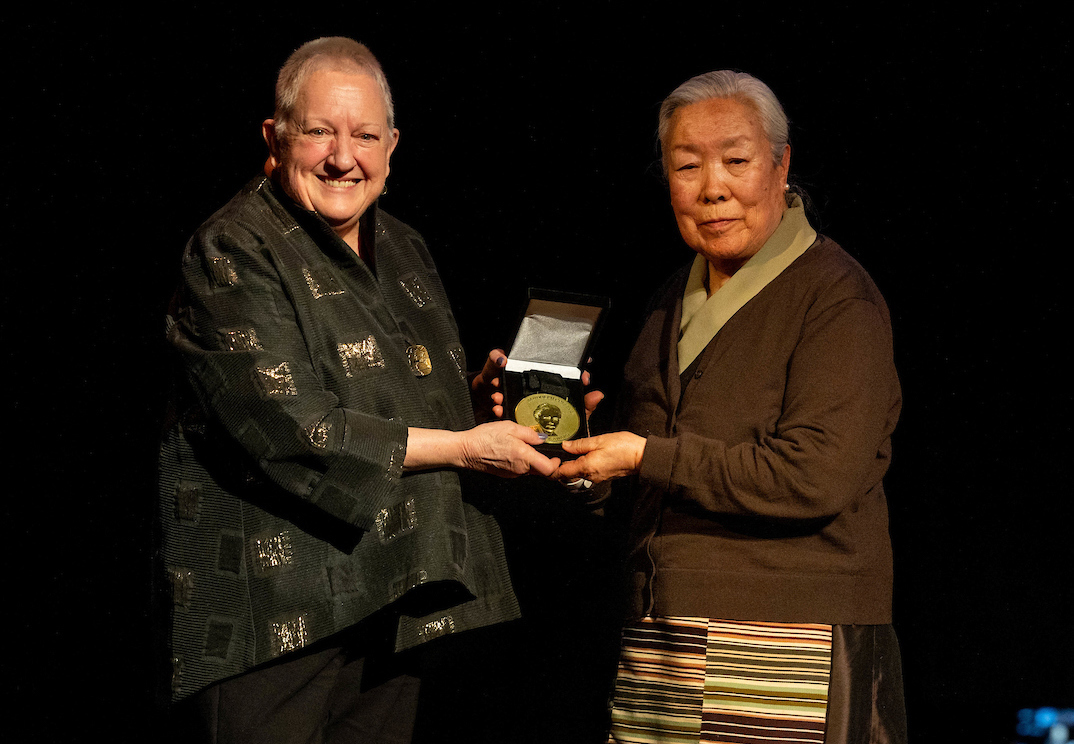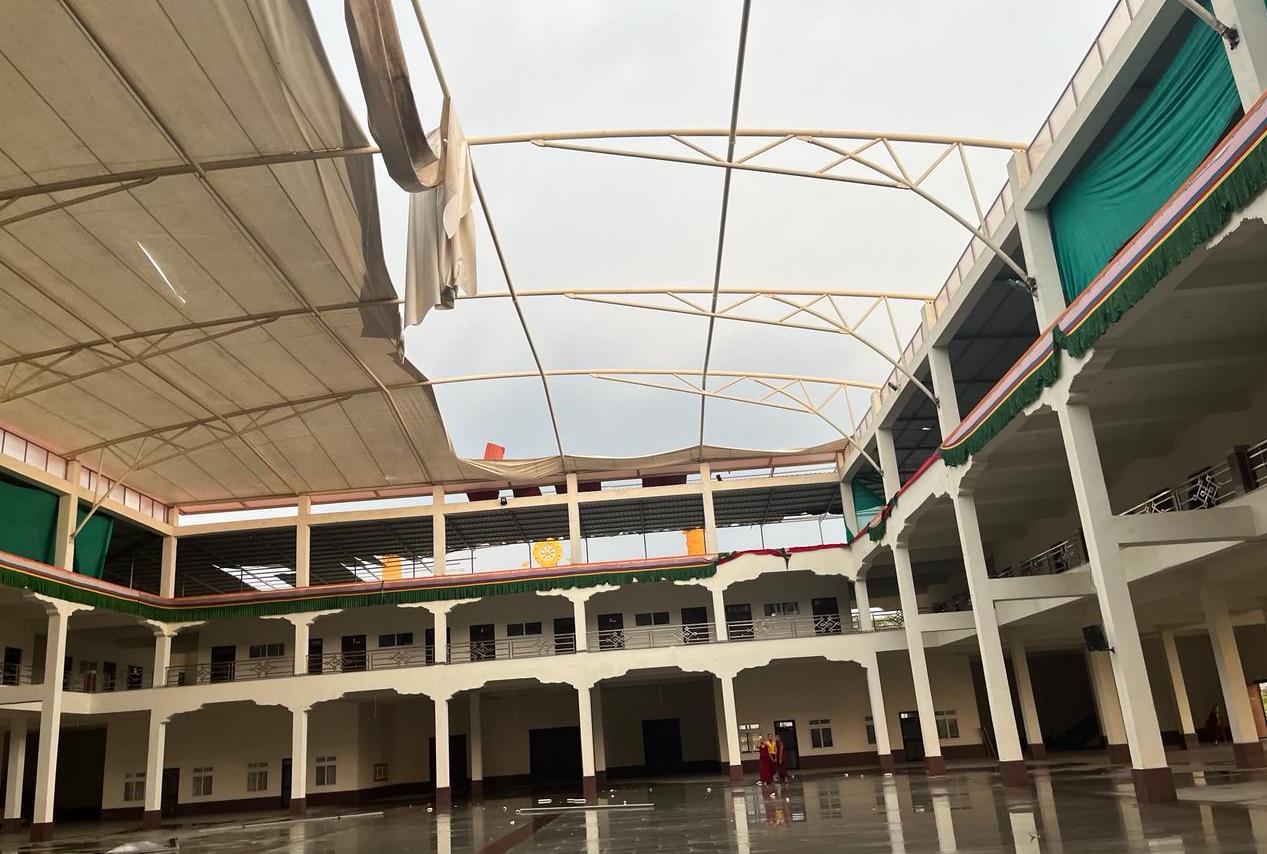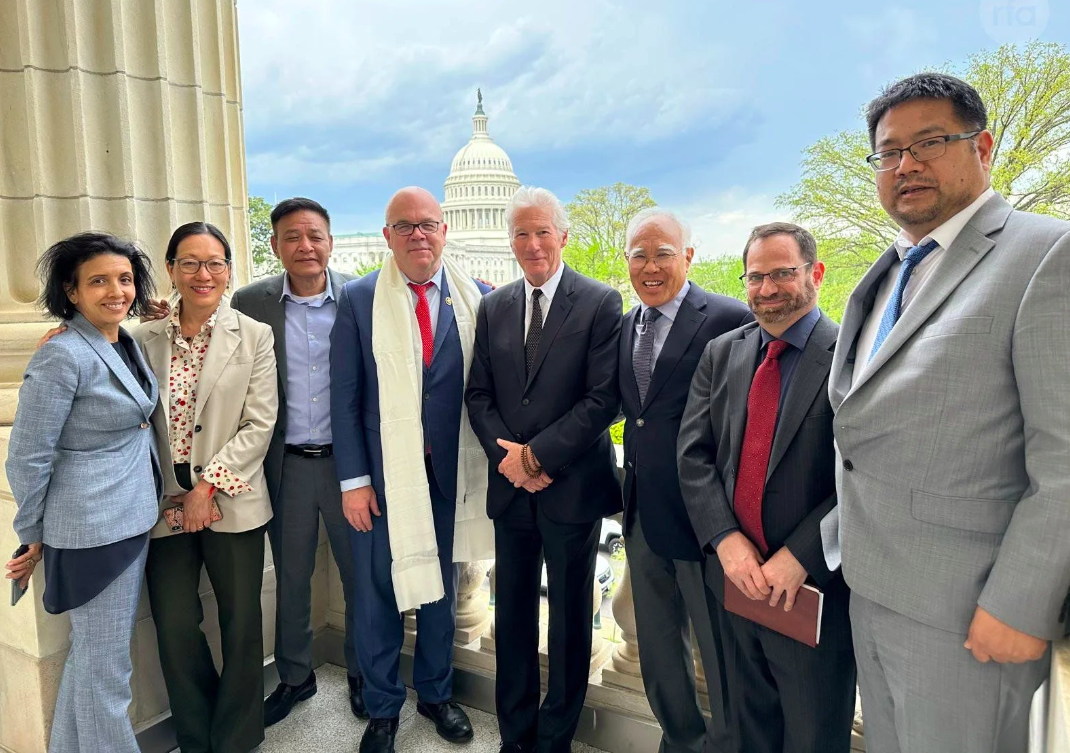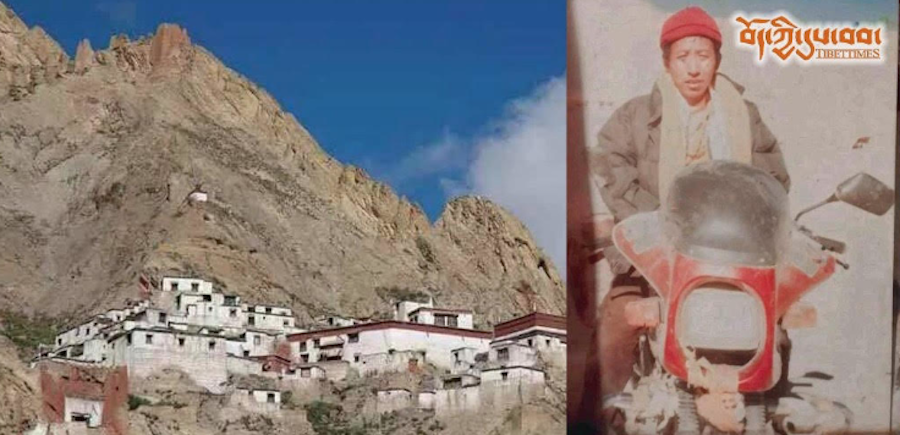 For those who wonder if there is more to life, Sogyal Rinpoche may just have the answer. Anna King Murdoch reports.
For those who wonder if there is more to life, Sogyal Rinpoche may just have the answer. Anna King Murdoch reports.
The one thing that is instantly noticeable about the Tibetan Buddhist teacher Sogyal Rinpoche is that he looks a really happy man. This is important because he talks about how Westerners can learn to be happy rather than worried, stressed, depressed, fraught and continually striving for more.
Flicking his sandals off, he pulls his legs up on the chair and looks cheerfully – but with a sharp intelligence – at whoever he’s with.
Sogyal Rinpoche’s book The Tibetan Book of Living and Dying, written 10 years ago, is a spiritual classic; 1.5 million copies have been sold, and it is translated into 26 languages and available in 54 countries. It has helped many people to come to terms with dying in a culture that pretends one can be young forever.
He travels the world speaking to thousands of people about how to live their short lives with a lot more peace and, consequently, happiness.
Rinpoche, who was born in Tibet, is one of the last of his kind. At only six months, he entered a Buddhist monastery. Jammyang Khyentse Chokyi Lodro, one of the 20th century’s most outstanding masters, taught him and treated him like a son. In his book, Rinpoche describes his life with him: “Usually I slept next to my master, on a small bed at the foot of his own. One sound I shall never forget is the clicking of the beads of his mala, his Buddhist rosary, as he whispered his prayers. When I went to sleep he would be there, sitting and practising; and when I awoke in the morning he would already be awake and sitting and practising again, overflowing with blessing and power. As I opened my eyes and saw him, I would be filled with a warm and cozy happiness. He had such an air of peace about him.”
After leaving Tibet in 1959, Rinpoche went to a Catholic school in Delhi in India and later studied comparative religion at Cambridge University. He became an aide and translator for other Tibetan masters and was the first person to bring the Dalai Lama to London. In 1974, Rinpoche began to teach around the world, always observing how people were living so that he could know how to best translate the Tibetan teachings.
His annual visits to Australia since 1984, mainly to Sydney, have attracted increasingly large audiences. Few Tibetan lamas have such a talent for communicating this wisdom to Western people.
He refers to the mind as like a glass of muddy water. “We just need time, space for the mind to settle. We need to create that kind of environment in your mind where you can find peace and centred-ness. People work with building the body so it is strong, in the same way there is a way to work with the mind in meditation to find more calm. That means to gain more inner peace and less worry.”
To the Tibetan Buddhist, there is no misery more awful than worry. “If you can do something to solve a problem, there is no need to worry about it but if you can’t do anything there’s no need to worry about it. When you settle the mind you find such incredible joy and happiness and satisfaction and contentment that you do not need anything else.”
Resorting to drugs for pleasure and interest is the result of “people having no means of working inwardly and they are very bored. The repercussions are terrible. When you take drugs it may give you a boost but it really destroys you. You sacrifice long-term benefit for short-term pleasure … All that we are comes with thoughts.”
After four decades he still misses “the simplicity and some of the priorities” of the Tibet he knew as a boy. “There was more concern about the deeper issues, rather than getting caught up in so much paraphernalia. There was no noise and hurrying. The people and the environment everywhere was peaceful so it inspired you. When people come to a place like Tibet everybody feels that. That principle is what I am trying to teach through discipline and meditation.”
Despite the restlessness and superficiality of modern Western society, caught in “samsara” – the vicious circle of wanting and acquiring – Rinpoche believes the silent majority to be full of good people. Those who come to him have become “so disgusted. They really want liberation. That’s the beginning of the spiritual path”.









